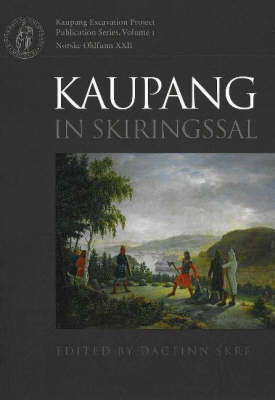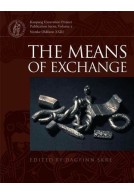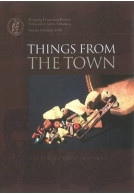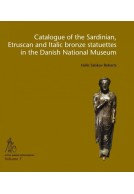Kaupang in Skiringssal (Hardback)
Excavation & Surveys at Kaupang & Huseby, 1998-2003 -- Background & Results
Imprint: Aarhus University Press
Series: Kaupang Excavation Project Publication Series
Pages: 502
Illustrations: colour illus & maps
ISBN: 9788779342590
Published: 31st March 2007
Script Academic & Professional
Series: Kaupang Excavation Project Publication Series
Pages: 502
Illustrations: colour illus & maps
ISBN: 9788779342590
Published: 31st March 2007
Script Academic & Professional
You'll be £39.95 closer to your next £10.00 credit when you purchase Kaupang in Skiringssal. What's this?
+£4.99 UK Delivery or free UK delivery if order is over £40
(click here for international delivery rates)
Order within the next 4 hours, 32 minutes to get your order processed the next working day!
Need a currency converter? Check XE.com for live rates
(click here for international delivery rates)
Order within the next 4 hours, 32 minutes to get your order processed the next working day!
Need a currency converter? Check XE.com for live rates
In this, the first of six volumes, the main results of the excavations which the University of Oslo carried out at Kaupang 1998-2003 are presented. A completely new picture is put forward of the port that the adventurer Ohthere visited in c. 890. It is now clear that Kaupang was one of the four Scandinavian towns that were founded around the year 800. Kaupang is connected to the power centre of Skiringssal, to the Ynglings - the legendary Norwegian royal lineage, and to the King of the Danes - the dominant political actor in south-west Scandinavia. Kaupang is shown to have had several of the same features revealed in Birka, Hedeby and Ribe - i.e., a compact permanent settlement, divided into small plots, each with a dwelling. The town could have had 400-800 inhabitants. Substantial traces of trade and craftwork are proof of the main areas of occupation. Advanced geo- and environmental-archaeological analyses have played a large role in interpreting the finds. Documentary sources indicate that Skiringssal was an important royal seat in the 700s and 800s. In the book these sources are put together with the archaeological and toponymical sources which, united, show a centre of power with a clear likeness to similar places in Denmark and Sweden. A hall or sal building, presumably the Skirings-sal itself, was excavated at Huseby, near Kaupang. Nearby, a thing site is situated by a holy lake. In this, the Yngling kings' centre of power, to which many people came to attend thing meetings and sacrificial feasts, the town Kaupang was founded. In nine of the book's 20 chapters, the excavations' finds, analyses and results are presented. In three chapters, 200 years of research on Kaupang and Skiringssal are summarised, while in the remaining eight chapters an endeavour is made to re-establish the holistic approach to Skiringssal which dominated research during the first 100 years.
Other titles in the series...
Other titles in Aarhus University Press...














